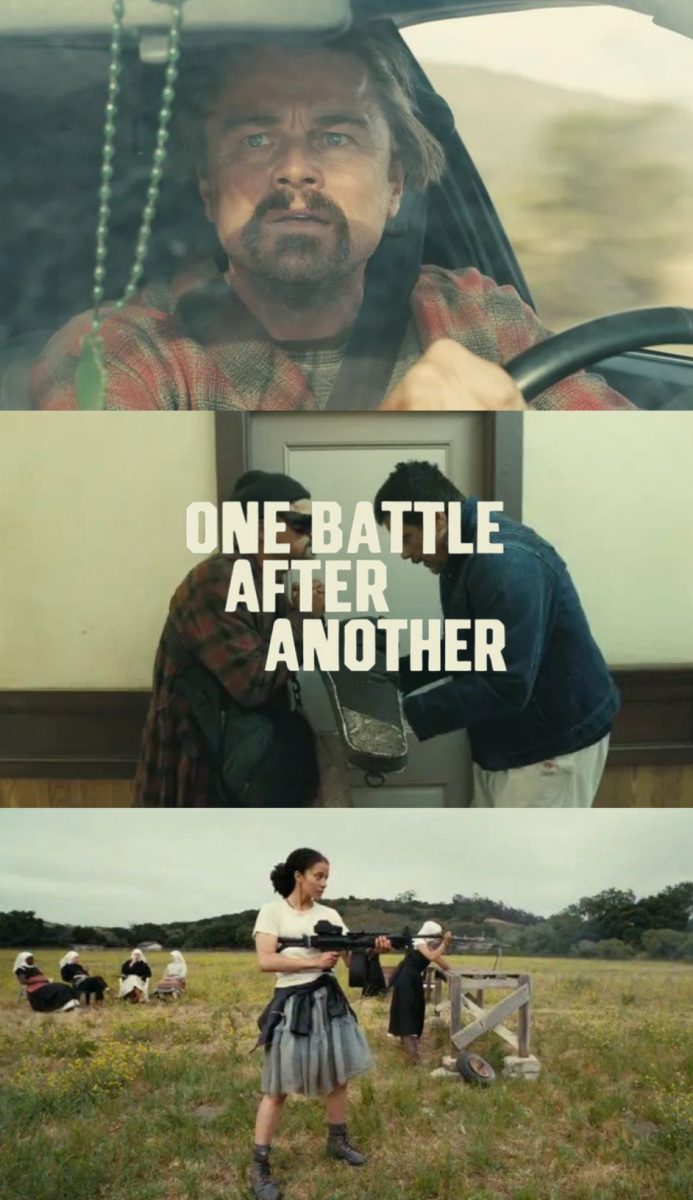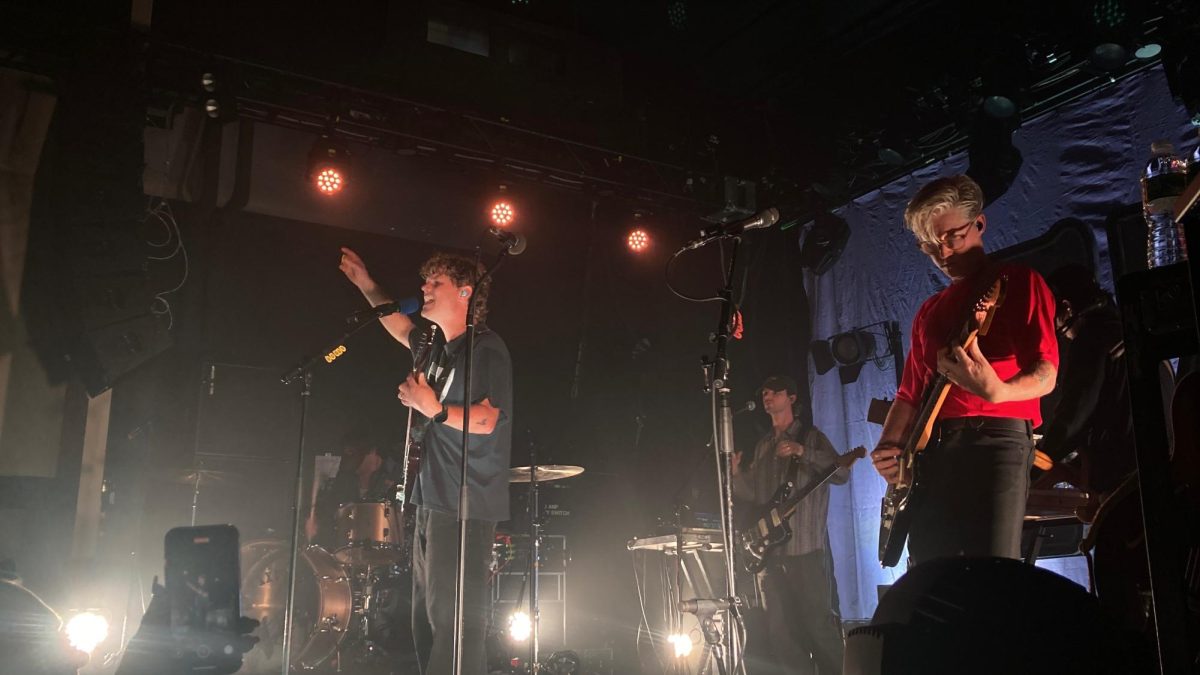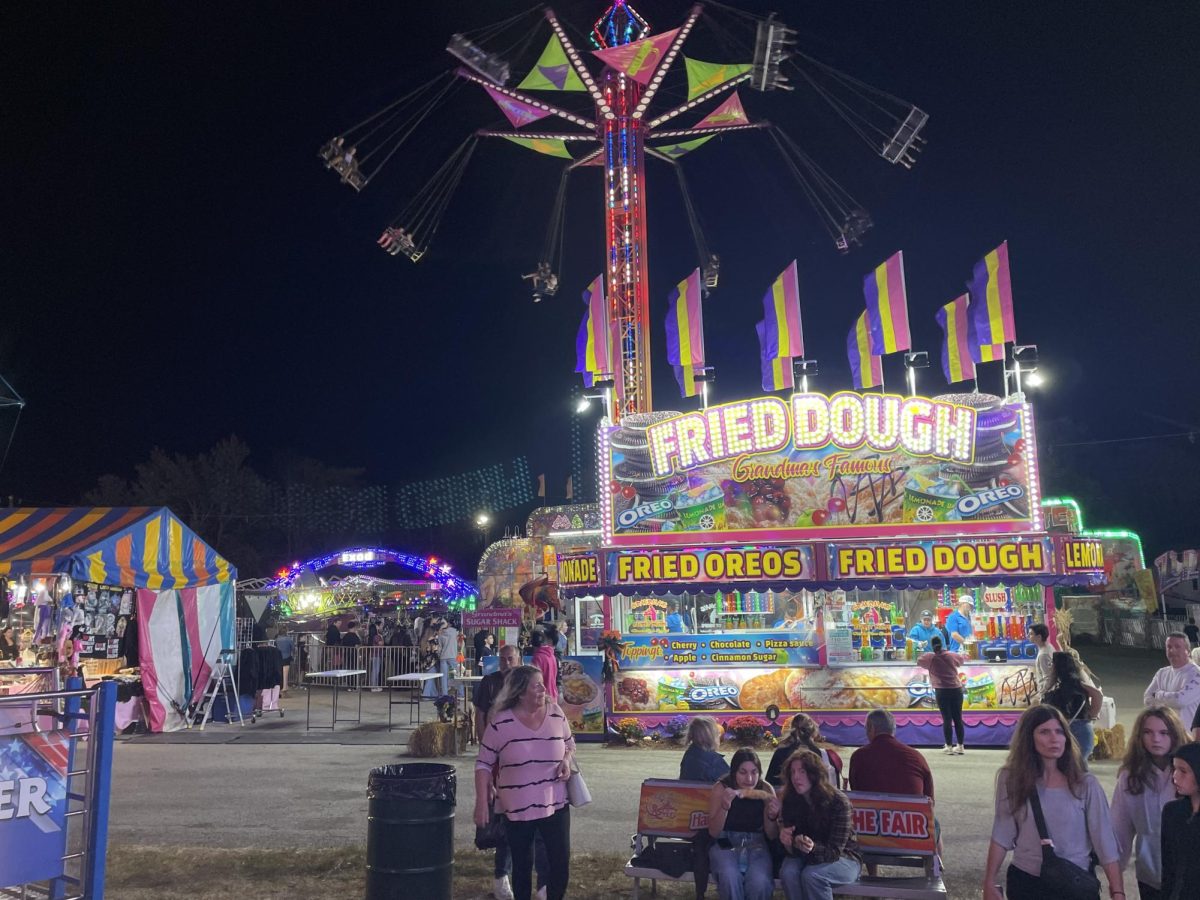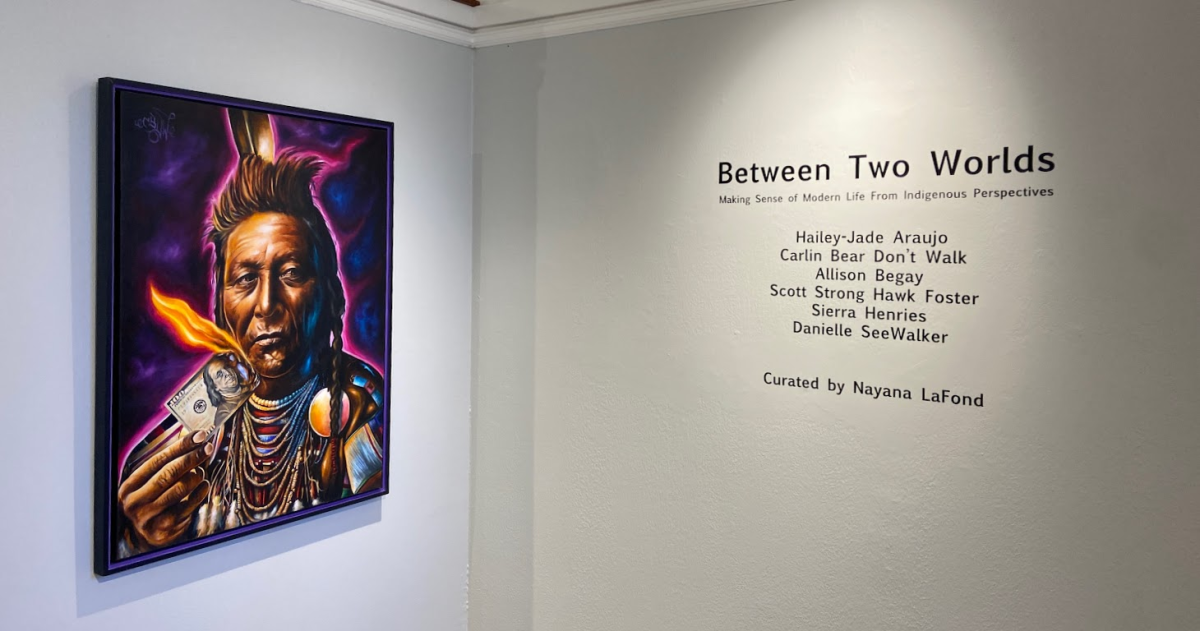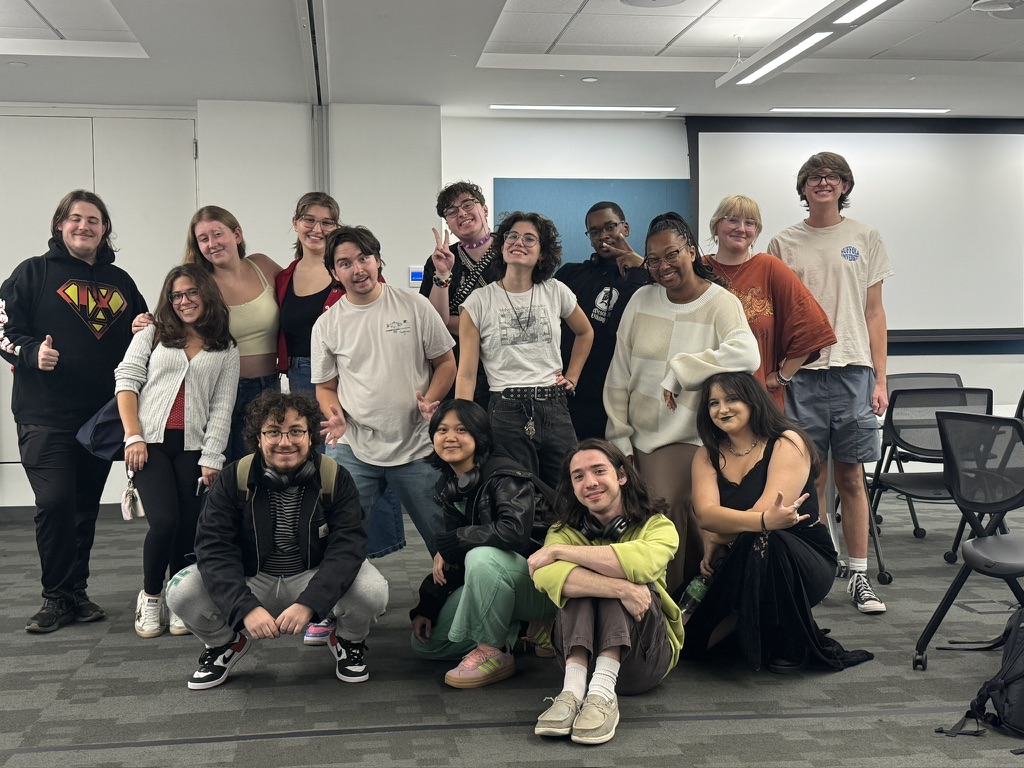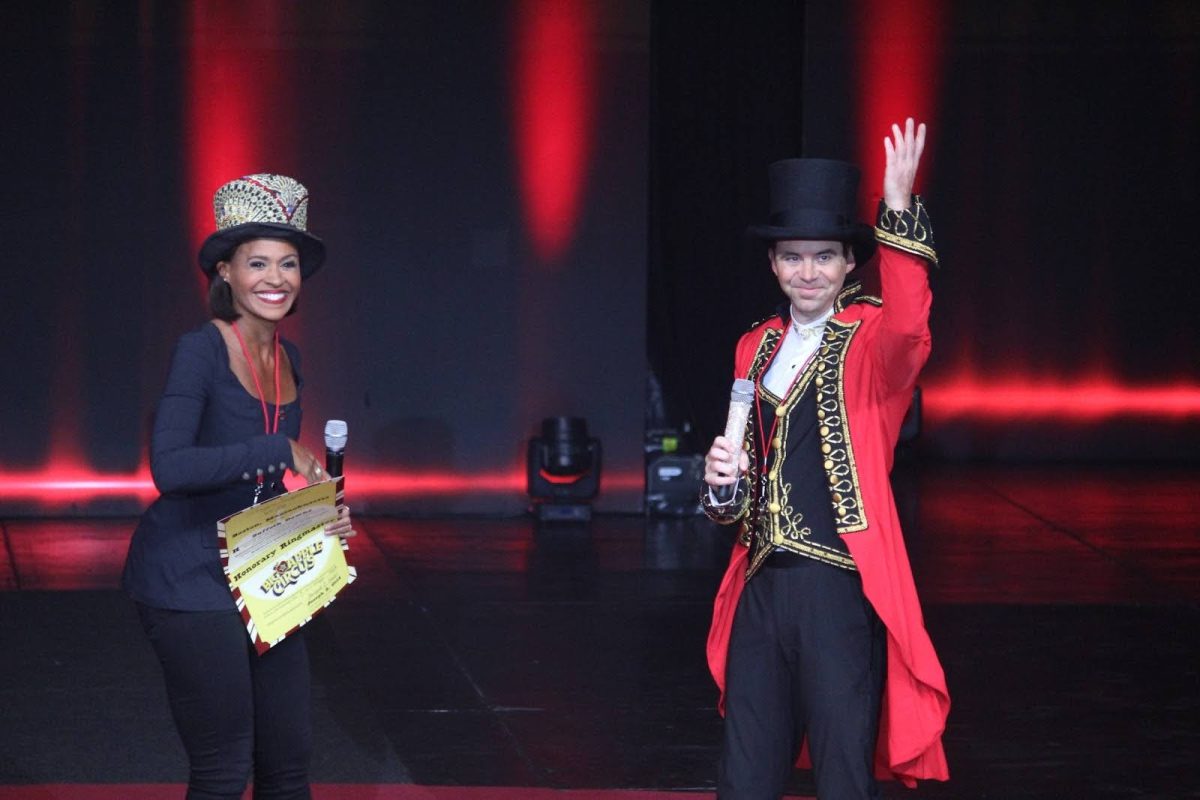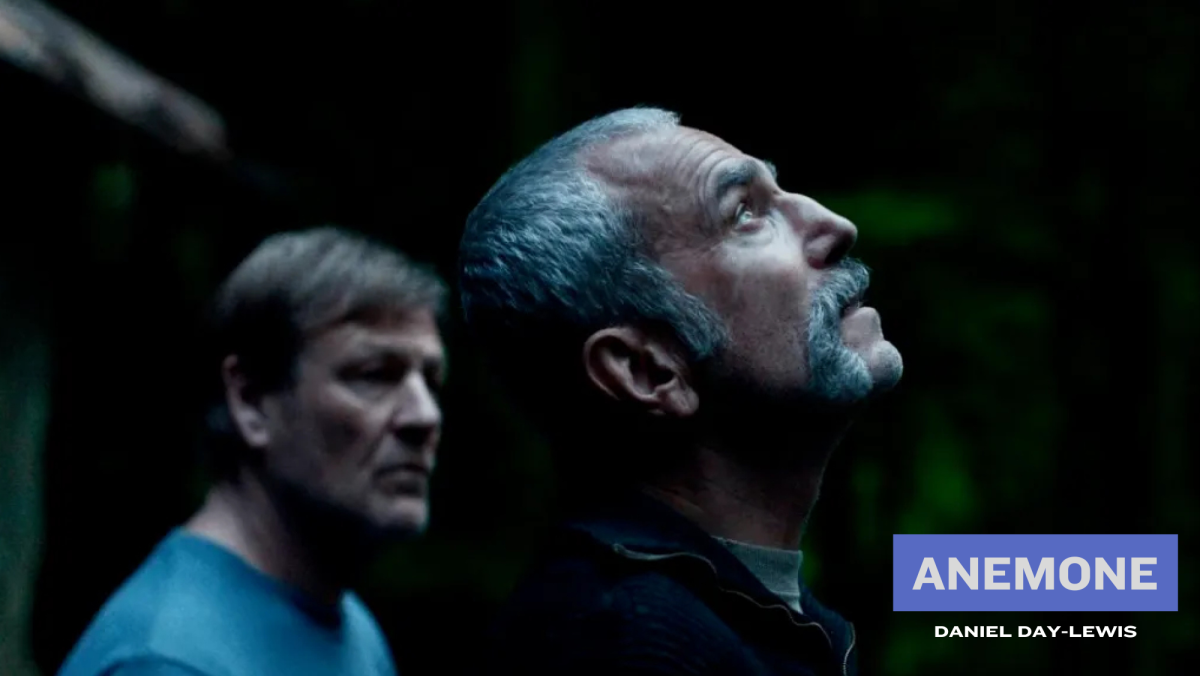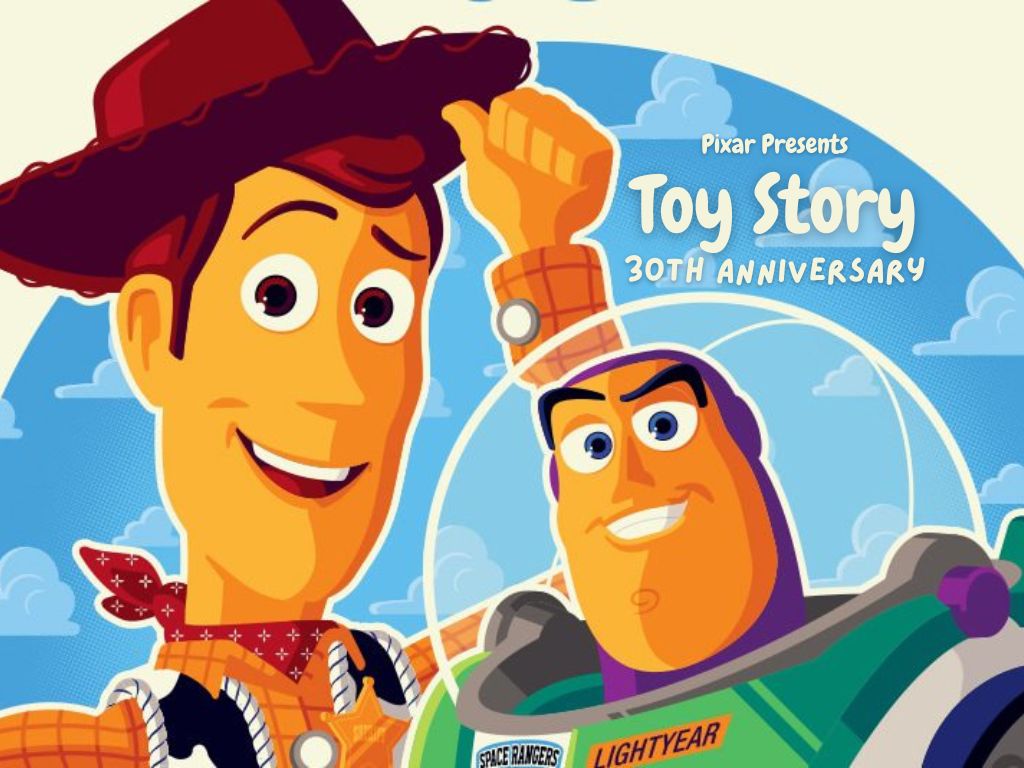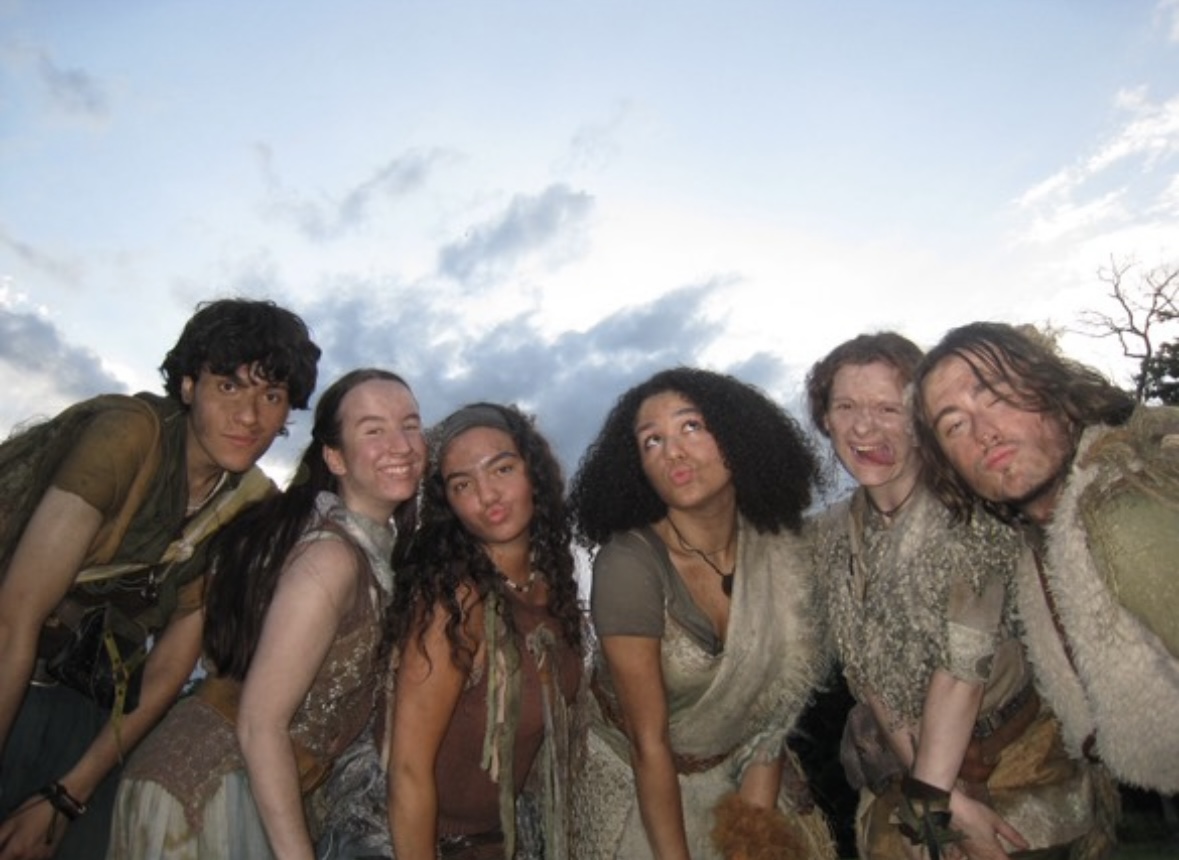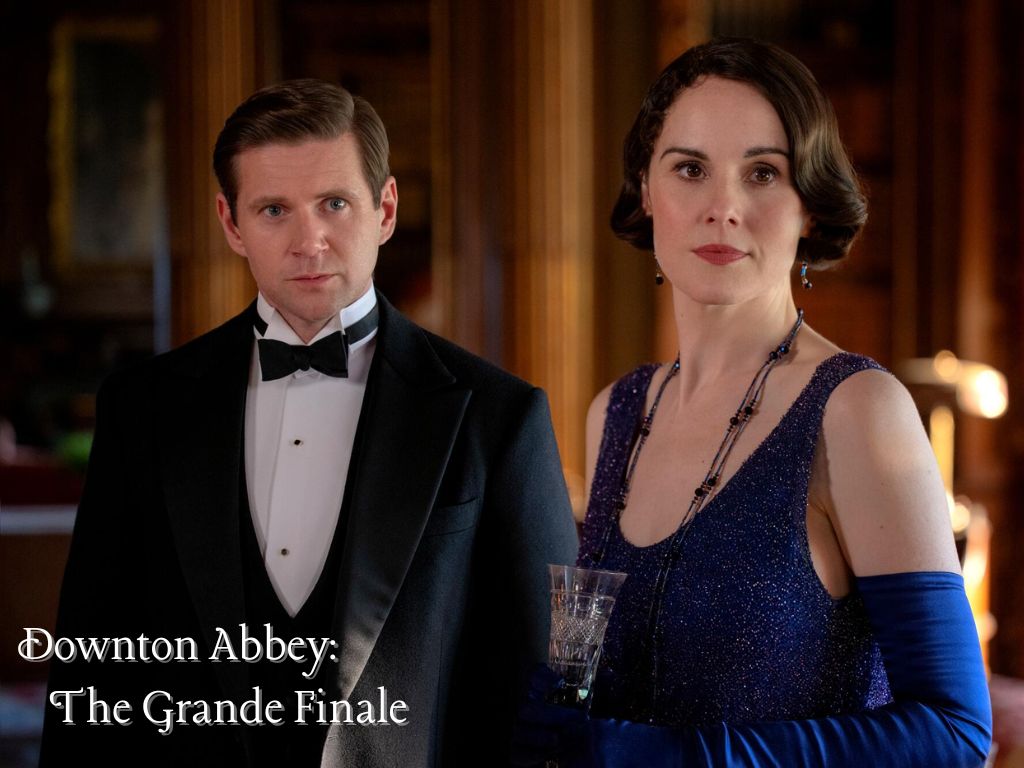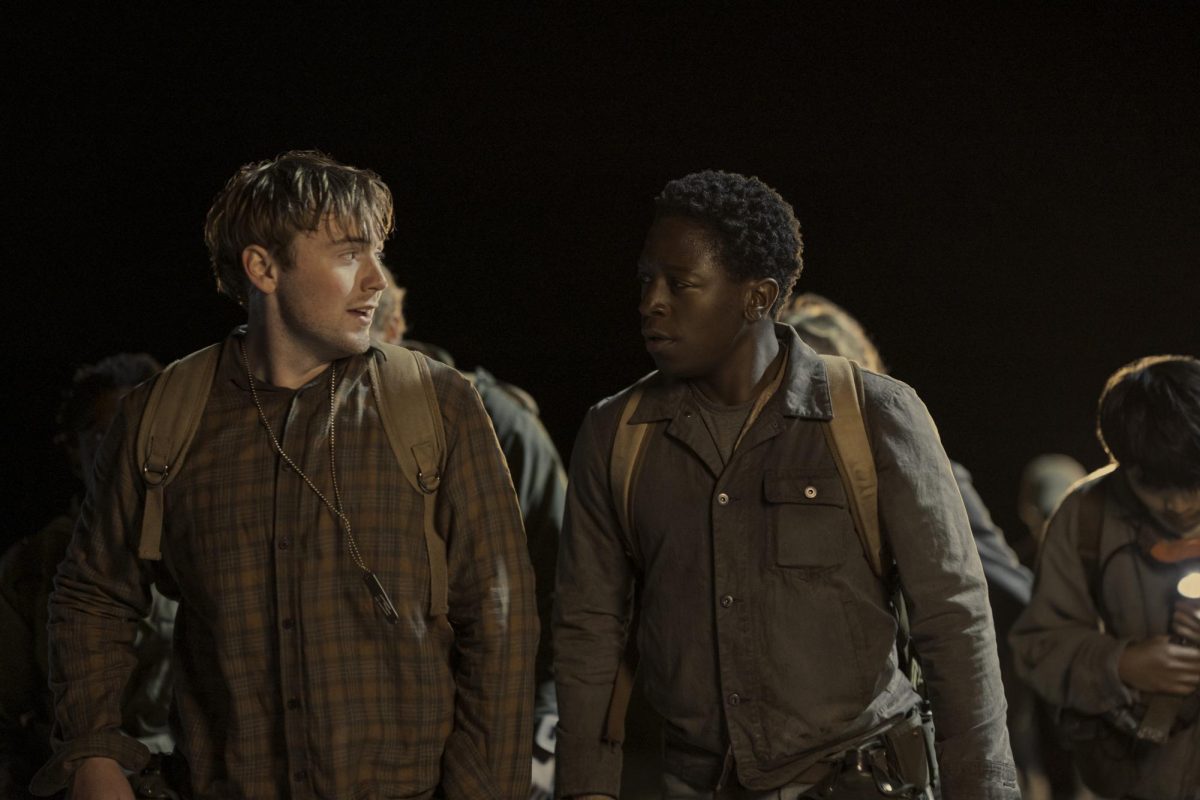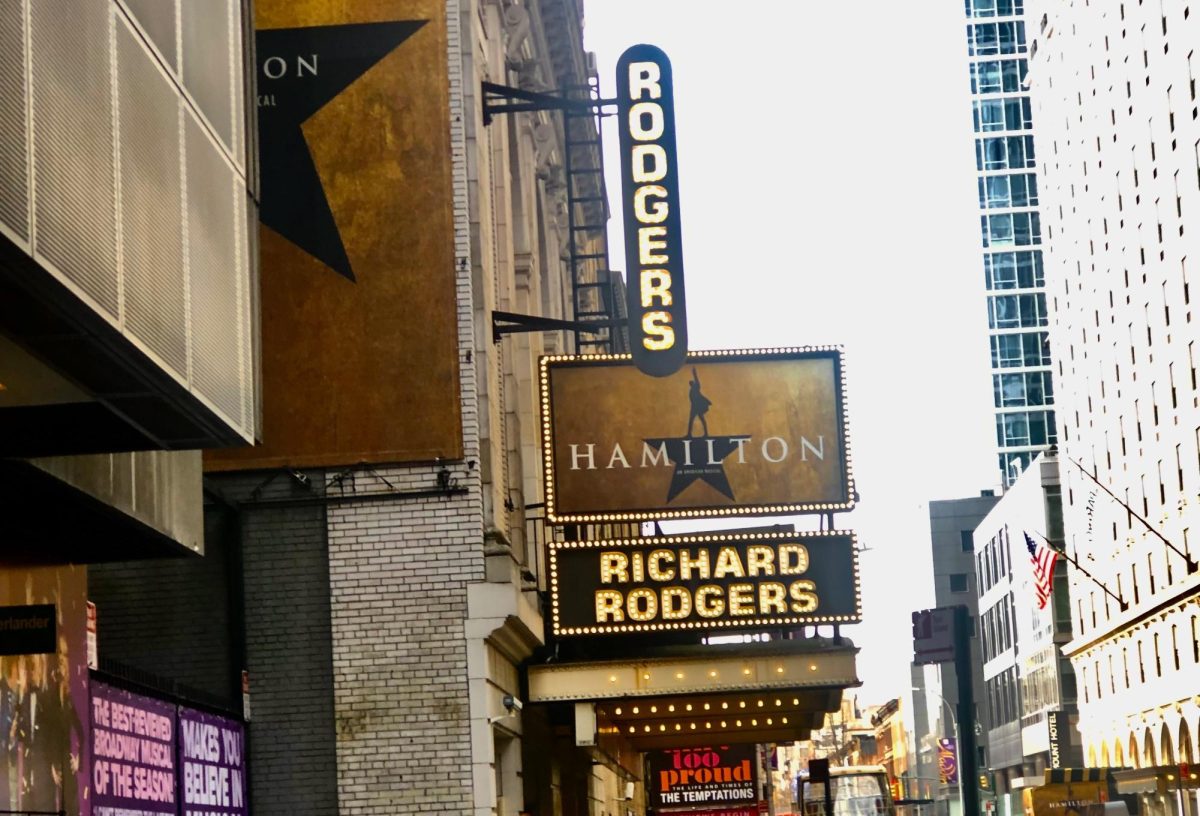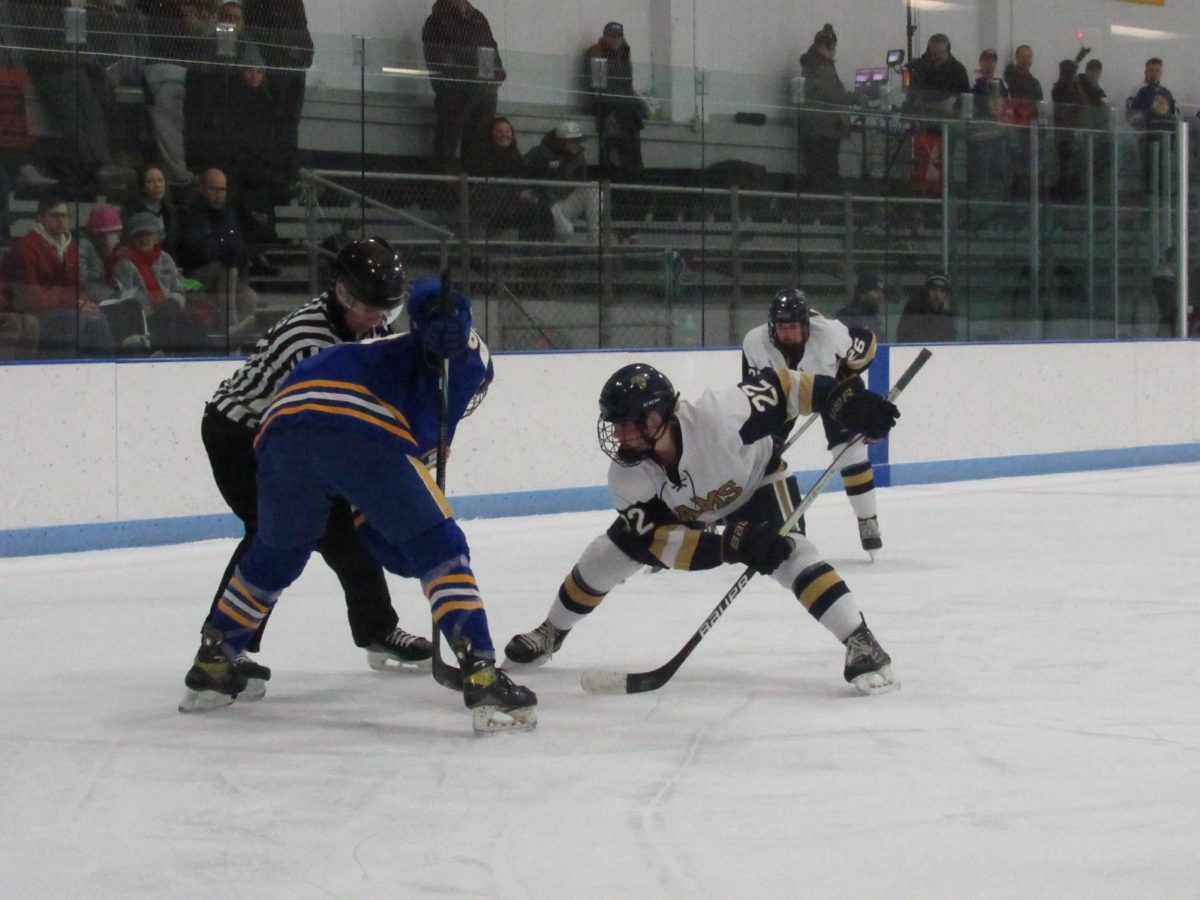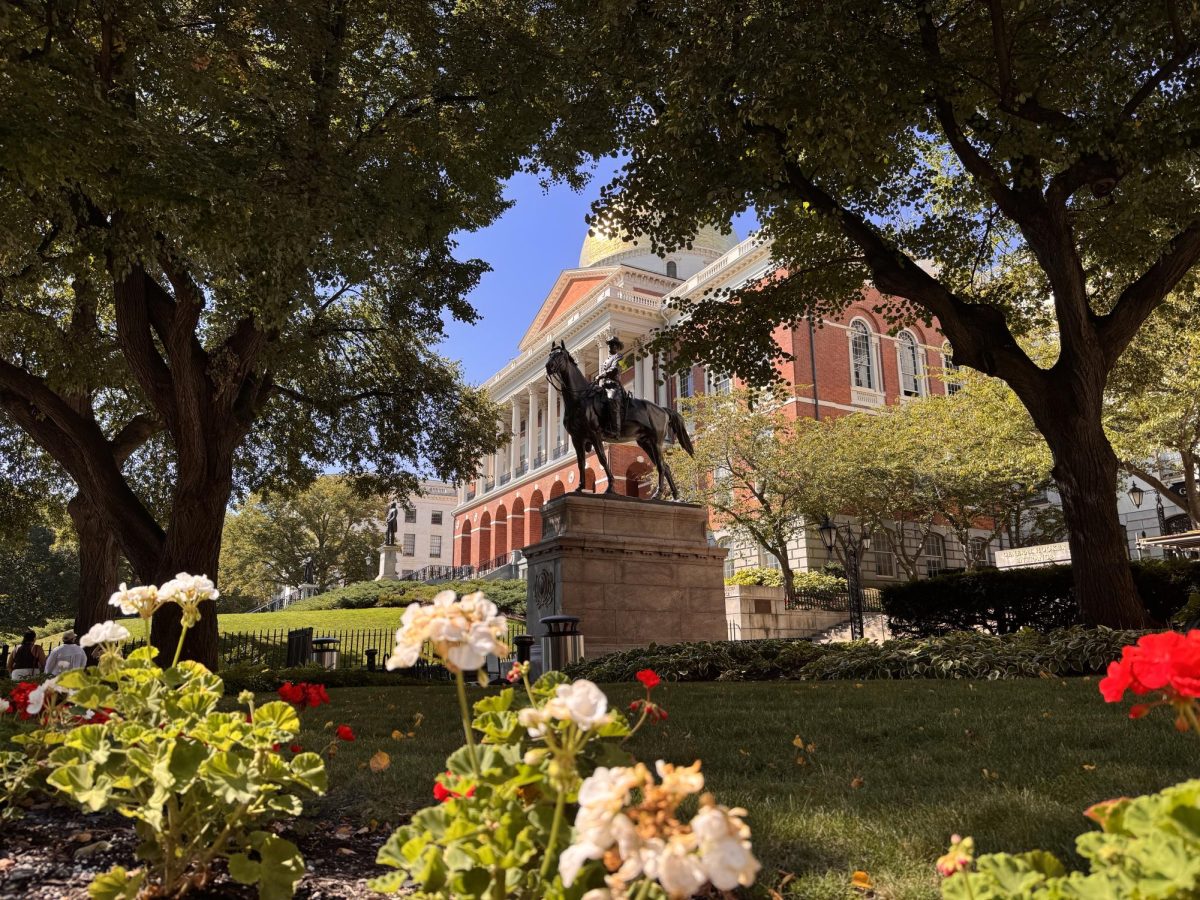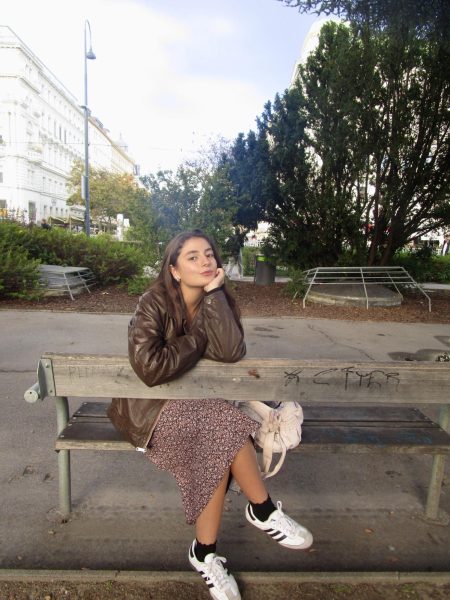Though some might vaguely recall Paul Thomas Anderson’s name from Fiona Apple quitting cocaine cold turkey after an unbearable night with him and Quentin Tarantino, Anderson has made a name for himself within the film community since his second feature “Boogie Nights.” He mastered the art of the flashy, ensemble film with a heart of gold, and brought out the very best from the frequently unappreciated Don Cheadle, John C. Reilly and Heather Graham while sprinkling in montage after montage to add to his porn-fueled frenzy of chosen families and firecrackers, all set to the grooviest soundtrack one could find.
Around thirty years later, Anderson has yet to let down his audience.
The Coolidge Corner Theater in Brookline is one of four moviehouses worldwide showing “One Battle After Another” in VistaVision, a long abandoned format that only recently came out of hiding. Not only is the film showing in VistaVision, it was also shot this way. The Coolidge Corner Theater has sold out showings of the film for the past week, and tickets for future VistaVision showings are selling fast.
The Coolidge Corner Theater has been a staple in Brookline since 1933. It fosters a strong sense of community for movie lovers which might not be found in an AMC. The Coolidge creates a warm environment for its audience, one that encourages respect for the film itself, the oft missing art of theater etiquette, and the memorable experience of being lost in a movie while watching it.
The Coolidge was set to begin its second showing of Anderson’s tenth feature at 8 p.m., Sept. 25 but almost an hour beforehand, the theater was already packed. The crowd was lively, each group was excitedly lost in discussing their anticipation for the film, and their opinions on Anderson.
In his own words, Anderson is a “box office-challenged” auteur, though you’d never guess it from the response to his films. The ornate, art deco theater was completely full fifteen minutes before the start time. The college boys in front of me sang the “lets all go to the lobby” tune in anticipation of the lights dimming, and giggled when they actually showed the old commercial. The theater quieted, and the smell of popcorn and chai (an odd yet strangely nice combination) reminded everyone of just how comfortable we were.
“One Battle After Another” is an audacious celebration of age, community, generational divide and defiance. It is the perfect picture to see surrounded by movie lovers, belly laughing and feeling everything Anderson intends from beginning to end.
Thomas Pynchon’s novel “Vineland” released in 1990, and takes place during Ronald Reagan’s administration, however, Anderson brings this into our century with his finger on the pulse of our current political climate. “One Battle After Another” is a film that any other director might try to make about COVID-19, and Anderson skillfully avoids it without impeding on the audience’s ability to understand that the world has been drastically changed and incentivized into division, clear in the necessity of violence for the sake of rescuing Willa (Chase Infinity), and also the backdrop of police violence against protestors.
From the start, he throws the audience directly into action, with little more than a shot of Perfidia Beverly Hills (Teyana Taylor) walking along the freeway, and all of sudden, the revolutionary group “the French 75” are declaring their mission—to take back their bodies and their borders from the government.
The catalyst for the film is Taylor’s character. With a name like Perfidia Beverly Hills, she somehow follows through the shock value, firing a machine gun sitting atop her pregnant belly, and ultimately doing something with a pistol that should go unnamed. Despite each questionable choice she makes, the audience can’t help but relish every moment she crosses the big screen.
The film centers around Bob, played by Leonardo DiCaprio, a washed-up former revolutionary searching for his daughter Willa after an old foe resurfaces.
I found myself, someone who has never truly connected with a DiCaprio performance, incredibly charmed by both the boyishly smitten Ghetto Pat from the first act and even more so by the aged, stoned, and reasonably crazed father he plays during the latter portion of the film. It is both his funniest and most sincere performance to date. Not once does the audience question Bob’s devotion to his daughter, as “Dirty Work” by Steely Dan soundtracks a questionable parent/teacher conference, or as he daydrinks with his daughter’s martial arts instructor (Benicio Del Toro) in a moment of panicked honesty, where he confesses that he “can’t do [Willa’s] hair right.”
Throughout his career, Anderson has frequently showcased reactions to wealth and power; both the presence and absence of it. In “One Battle After Another,” he doesn’t abandon this subject, but depicts it as a roaming chaos which finds itself in each person. It isn’t good or bad, but has the potential to be either.
Anderson realistically portrays those at the head of evil institutions (detention camps and white supremacist groups) as the most repressed, clueless people on the planet with dog whistles that have over the years, become fog horns. In many of his projects, Anderson has depicted evil in his characters as a childish struggle with power and their own insecurities. “One Battle After Another” takes this childishness to new heights. Sean Penn’s character Colonel Lockjaw puffs out his chest like a bird in failed attempts to assert dominance, and the white supremacist group he excitedly joins call themselves the “Christmas Adventurers Club.” Under any other filmmaker, this would seem like a cartoonish adage, and in many ways it is, but this belongs in the world that Anderson has crafted, one that mirrors our own.
Each of Anderson’s films present themselves as pursuits of something; he builds small, complicated worlds that the viewer might not have time to fully digest, but is willing to try. “One Battle After Another” is no different. It is a cacophony of voices and jangled, discordant piano (not dissimilar to the “Punch Drunk Love” score) from frequent collaborator Johnny Greenwood’s (Radiohead) score, soundtracking a strange and unbelievable chain of events in a setting that could be our own backyard.
This world that Anderson creates includes something lost in many people’s lives: community.
When Bob runs into St. Carlos’s dojo, his frantic desperation isn’t mocked (despite the most conspicuous disguise possible, just one step down from glasses and a mustache), it is immediately acted upon by a stonefaced Del Toro, preparing anyone who can help to do so. This means that director of photography, Michael Bauman, beautifully captures three youths with skateboards leading a disgruntled, yet energized Bob trailing behind, as they leap across buildings, or a convent of nuns helped by Deandre (Regina Hall) teaching Willa how to fire a machine gun just like her mother. It transforms into a delightful ensemble piece that strings together dizzying narratives through interconnected communities thriving in chaos, built for the purpose of helping one another.
During the most screwball-esque portion of the film, the audience is met with constant motion while Greenwood’s score tenses up the back and neck muscles of each viewer; always on the edge of something, adding to the true thriller aspect of it all. Anderson can work with any tone, but “stressed” is one his sequences thrive in. This constant camera motion does well to pace the film.
Anderson masters both dry and slapstick humor in what is his most audacious comedy since “Boogie Nights,” but what is more infectious than any other feeling is that of kicking and screaming sincerity. Bob hollering “Viva la Revolución,” with a fist in the air earned a round of applause from the audience, as well as a few shared yawps and shrieks.
It is not just in the world of “One Battle After Another” that the audience remains throughout the two hour forty-one minute runtime, it is in the heart of the film. The bright, high contrast blues take you back to “Magnolia” and “Punch Drunk Love,” the montages are reminiscent of a hectic “Boogie Nights,” and Thomas Pynchon’s neo-western writing takes you back to a drunken Daniel Plainview, a wrought-iron monument to greed, confessing that he wants “no one else to succeed” in “There Will Be Blood.” “One Battle After Another” is not simply a reminder of the importance of communities, the conversations between different generations and understanding our past mistakes, and the clear fallibility of those in positions of power. It’s also that Anderson has never failed at portraying any of these with intention and skill.
What does Anderson hope to accomplish with “One Battle After Another?” His film is both apologizing for the mistakes of those that came before us, but embracing what makes older generations special. As DiCaprio curses a newer revolutionary’s use of “therapy speak” over the phone, desperate to cut through red tape and find his daughter, the audience can’t help but realize that some of our own generation’s behaviors might not be the most productive displays after all. At the end of the day, Bob, with the help of Sensei Sergio St. Carlos and Deandre (Regina Hall), choose action as the only option. At the same time, Willa, wearing a blue tutu and leather jacket, does the same. Anderson proves, through a cast and crew with such high energy that the audience feels left out, that the necessity of defiance in such divisive times must outweigh any qualms we have with each other; there will always be something more important than discourse.
And even though every belly laugh and gasp spoke for itself during the runtime of the film, the overflow of audience members chatting about what they had just witnessed directly outside of the theater was a welcome sight. When asked their opinions on Anderson’s latest hit, three men I spoke to concurred that it was “fantastic,” their voices overlapping in giddiness.
When asked what their final thoughts were, one simply repeated the familiar words, “Viva la Revolución!”


